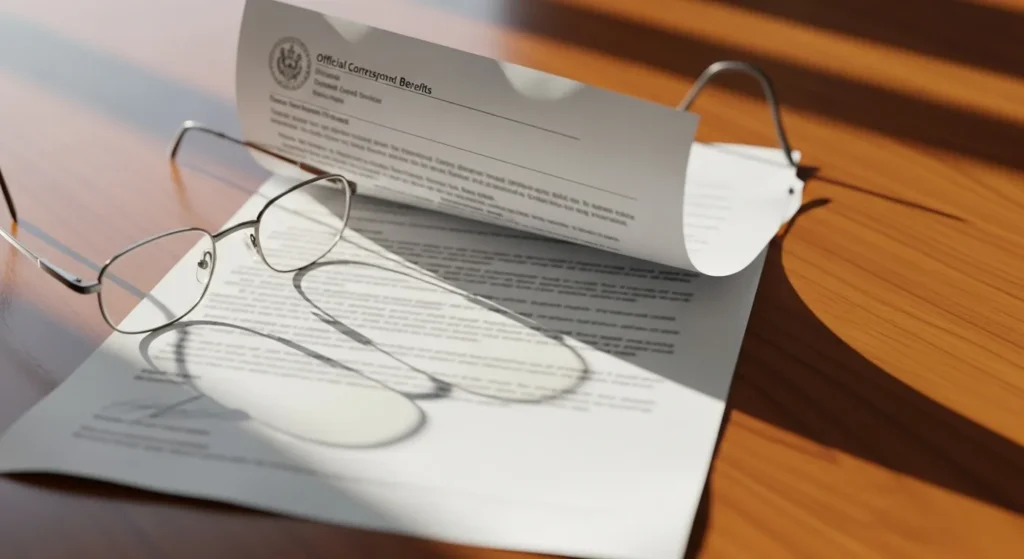
Secret 4: Your Earnings Record Contains Errors More Often Than You Think
The SSA calculates your retirement benefits based on your highest 35 years of indexed earnings. The official line is that they have a complete record of your lifetime earnings reported by your employers. The agency trusts this data to be accurate, and most people assume it is. This is a dangerous assumption.
The reality is that your official earnings record can and does contain errors. The SSA is not going to audit your record for you. It is your responsibility to find and fix these mistakes. A single year of missing or incorrect high earnings can permanently reduce your monthly benefit for the rest of your life. This is one of the most critical mistakes to avoid when applying for Social Security.
How do errors happen? They are surprisingly common. A name change after marriage might result in earnings being reported under your maiden name and not properly credited. An employer might make a clerical error and report your earnings under the wrong Social Security number. Self-employment income might be improperly reported. These small glitches can have massive financial consequences.
Your strategic task is to become your own auditor. Years before you plan to claim, you must create an account on the SSA website and review your full earnings record, year by year. Don’t just look at the benefit estimate; download the complete report. Compare it against your old tax returns or W-2s. Do you see a year where the earnings are zero, but you know you worked? Is there a year where the income seems unusually low?
If you find a mistake, you must be the one to correct it. You will need to provide proof, such as a W-2 form, a tax return, or a pay stub from the year in question. There is a time limit for corrections, generally three years, three months, and 15 days after the end of the tax year in which the wages were paid. However, the SSA can correct older errors under certain circumstances, so it is always worth pursuing.
Imagine your highest-earning year was $100,000, but it was mistakenly recorded as $10,000. Over a 25-year retirement, that single data-entry error could cost you well over $20,000 in lost benefits. Taking an hour to verify your earnings record is one of the highest-return investments you can make for your retirement.










